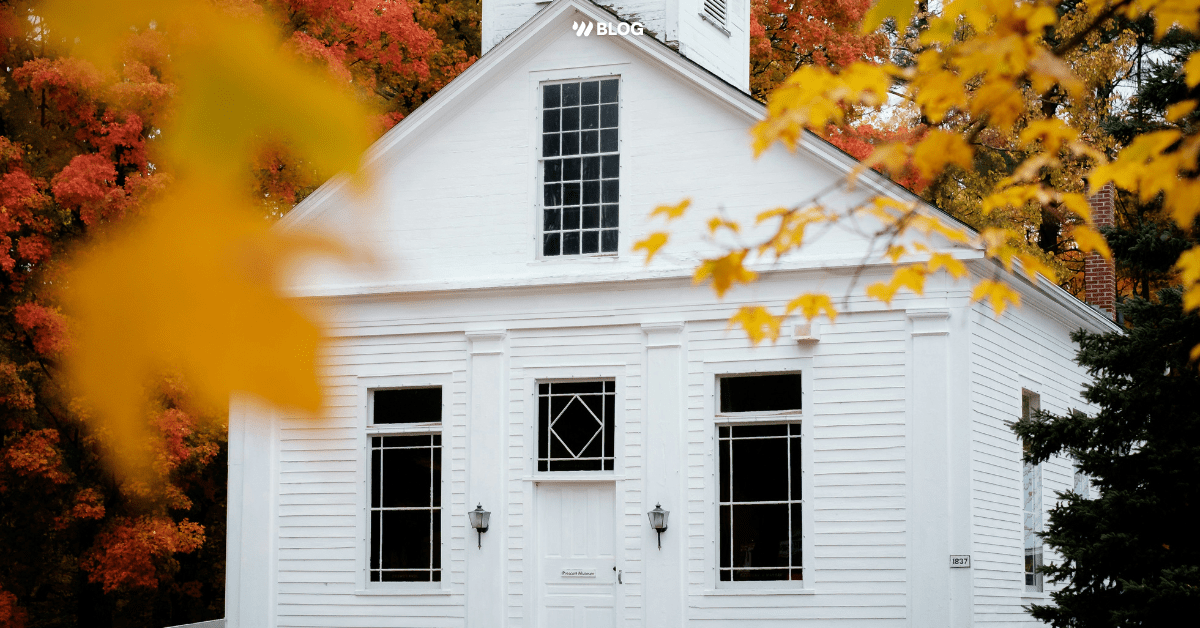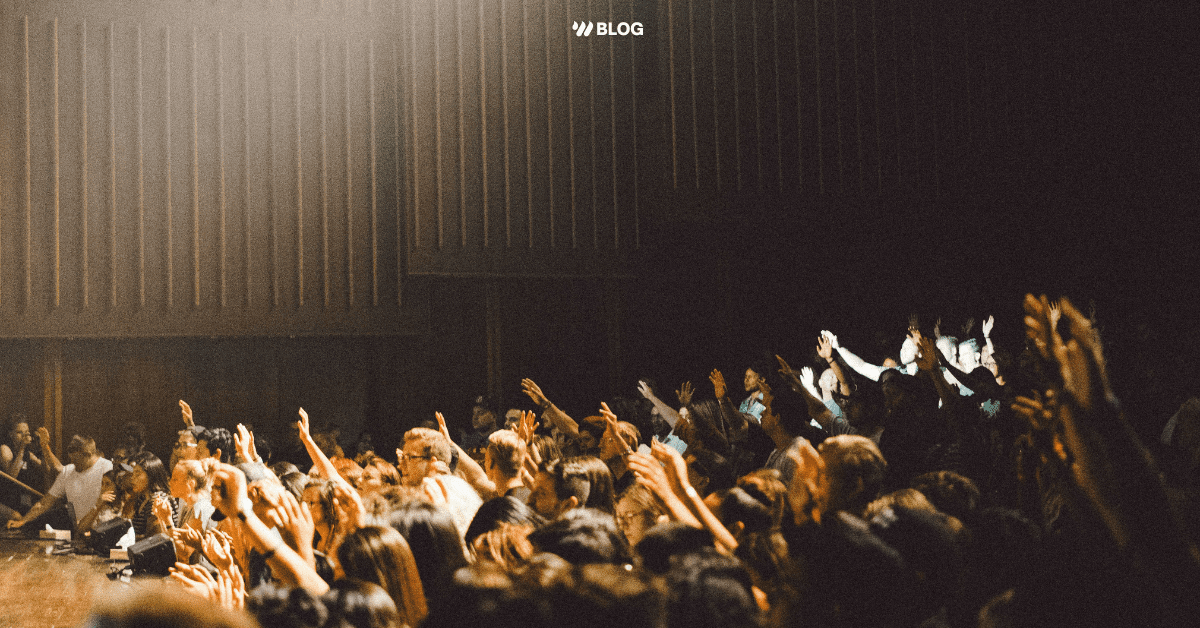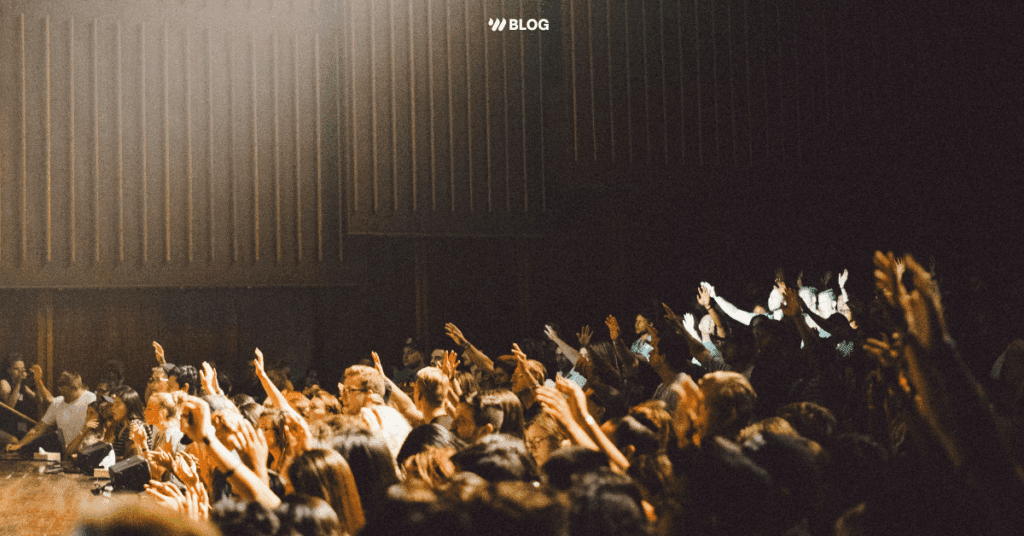A decade ago, indie rock was king in Nashville. The raw denim rock star was alive and well, and anything vintage or analog was arguably a status symbol. Studios were booked, bands were more than commonplace, drum samples were mainly used for demos, and racks of amp heads lined producer’s walls.
Around 5 years later, popular music took a different path and records were made in hotel rooms on a laptop. Trends changed and technology advanced. The industry could no longer deny the fact that great records could be made with software. Likewise, massive artists such as Maroon 5 and Keith Urban have foregone exotic guitar rigs complete with $80,000+ amps and drawers of pedals for a rack unit.
So what’s the deal? Why does it seem like so many people are switching over more than ever?
Convenience
Some of us know that guy wheeling out dual 130 lb AC30’s with road cases each Sunday. Several of us know him really well because we’ve painstakingly helped him lift them into his SUV multiple times.
There is nothing more satisfying than walking in with a small case or two, putting down your pedalboard, plugging in two XLRs and making your production team happy – all while the rest of the band sets up for half an hour. With modeling, placing mics, covering loud amps, running long lines to another room, dialing in tones, and exhaustion are a thing of the past.
If you’re a professional who travels a lot, the headache of dialing in abused rented amps that may or may not work is non-existent. Not to mention, your sound guy has the same tone from you every night and never has to yell at you for loud stage volume.
Cost
Most of us can’t afford an $80,000 amp, but for $400-$2000, you can now have the tone plus an entire effects rig. Having access to hundreds or even thousands of popular and rare amps we could never have real access to in a lifetime is invaluable.
I would have made myself, and everyone else a lot happier If I had something like a $400 Strymon Iridium or an HX stomp when I was younger. You can now put your money in better places such as pickups or more pedal options. Having a full rig on a budget is easier than ever.
Ear Development
This is one that doesn’t get talked about much. The most important aspect to gear is knowing how to use it. This only comes through playing many different products over time. Having many options and being able to quickly A/B them (hard to do with analog gear) develops a player’s ear rapidly.
Reliability
Let’s be honest, tubes suck. I can’t begin to count how many times I’ve had them go out on me over the years. The worst part is that it’s nearly impossible to predict when they will cause you headaches.
I remember troubleshooting an erratic volume drop in my old Matchless for months before finding that it was a dying rectifier tube. I thought I fixed it over and over only to find a week or two later it would come back. This definitely made my first time playing The Belonging embarrassing and full of stress.
Perfect for the Minimalist and the Tweaker
If you’re like me and love the details, then the options modeling provides is never-ending inspiration. I know the way I want things to sound and I can get there on the spot without spending any more money.
Others love to set it and forget it, and products like the Kemper do that well. Buy some profiles at curated settings and you’re good to go.
Tone and Feel
So here’s where the great divide lies. Some will easily sacrifice all the other benefits of modeling simply because the “real” thing must be superior in tone and feel.
“But what about players such as professionals who need the best tone and feel possible? That’s what matters most!”
Sure, if you’re playing a club where you’re standing next to your amp or have the ability to feel the low-end in proximity then going 100% digital will not be comparable. But isolate the amp, mic it and run it through a studio/in-ear monitors (guess what, your analog amp is becoming digital) and you won’t be able to tell a difference. I haven’t seen anyone that can reliably identify which is which.
When I was skeptical about modeling and first did this, I was absolutely shocked when I thought the modeled amp was the real amp. I instantly was able to get the modeled amp to sound better. Why? Cab IR’s.
The combination of cab, speaker, mics, mic placement, and mic pre easily makes up 50%, if not more, of your tone. With modeling, you have thousands of options so you can dial in a more preferred tone than what you could with one physical amp.
I’ve played countless real amps that sounded and felt terrible to me. They were “ideal” big name amps, but they weren’t what I wanted. There are plenty of amps that I dislike in the modelers I’ve used. You just have a superior ability to find what fits you. Even if there is a slight difference (it can vary depending on the platform), I believe the ability to dial things in is far more valuable for any player.
However, the reality is that technology is so good and the differences are negligible. You can say the same about the recording world with plugins. The quality and flexibility plugins offer has allowed the sonics of recordings to go to a whole new level.
The Emotional Conflict
In the end, playing guitar isn’t just a technical experience. It’s an emotional one. We play guitar because we feel something when we do it. When I was 12 and plugged into my friend’s Crate practice amp and hit the Overdrive button, the sensation of just making noise was euphoric. I get why people choose real amps. I just don’t think they’re “better”.
What are your thoughts on real amps vs. modeling? Let us know your questions and comments below!
You may also be interested in these resources!
- How to Build Creative Guitar Sounds for Worship
- Why You Should Stop Buying Guitar Pedals
- Building a Guitar Rig for Under $2000
- Worship Guitar Tone Master Class
- The Best Gear Advice That Most Guitarists Don’t Take Seriously


![Top Christmas Worship Songs 2025 [With Tutorials]](https://worshiponline.com/wp-content/uploads/2024/12/Post-Graphic-no-title-only-watermark-1-1.png)



![Top Christmas Worship Songs 2025 [With Tutorials]](https://worshiponline.com/wp-content/uploads/2024/12/Post-Graphic-no-title-only-watermark-1-1-1024x536.png)